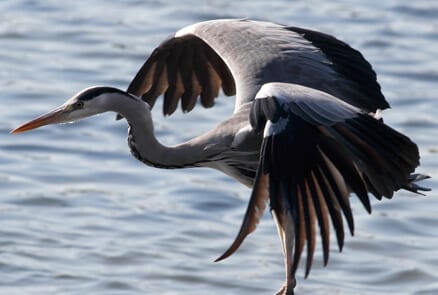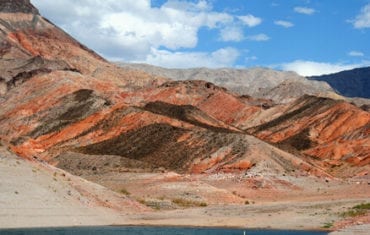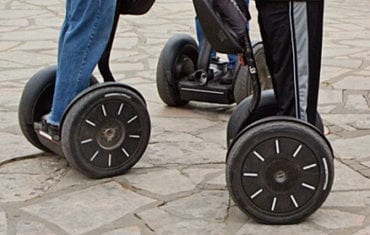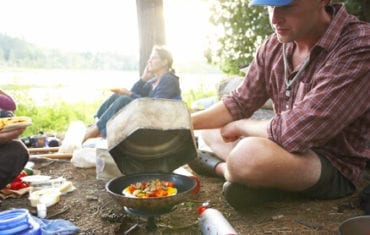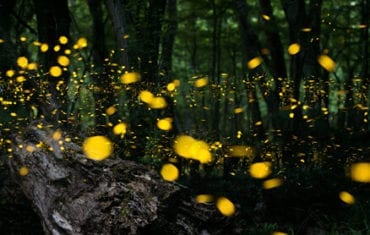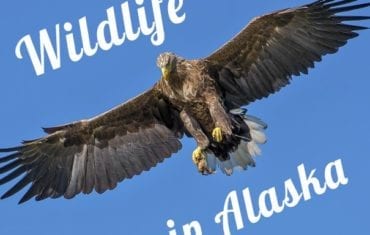One of the best ways to try out bird-watching is to find a place where you’re going to see birds, lots of birds, exoticbirds. South Carolina’s Hunting Island State Park has them all, giving you just the right introduction to watching birds.
The park sits just north of Hilton Head Island, near the end of Highway 21. Hunting Island is home to salt marshes, ancient dunes now covered in vegetation, semi-tropical maritime forests and an enormous lagoon. The varied topography attracts a diverse range of birds, everything from pelicans and cormorants to loons, herons and sandpipers. A little inland, you’ll find a wide variety of wrens, terns and sparrows. The island is a migratory stopping point for dozens of species, meaning you’re going to see different birds depending on what time of year you show up.
With the wide variety of birds, the park can be divided roughly into four regions, each populated by its own unique collection of birds: the lighthouse to Johnson Creek Inlet, the Lagoon and Fripp Inlet, the Marsh Boardwalk Trail, and the fishing pier.
The beach and marshes around the lighthouse are home to hundreds of yellow-rumped warblers in the winter and in the spring and fall, warblers and northern waterthrush. Summer is a good time to spot painted buntings near the Johnson Creek Inlet. The inlet is a great place to see all kinds of shorebirds. If you’ve got a good set of binoculars, you’ll see various types of gulls, terns, sandpipers, and plovers.
Spend sunset on the pier in Fripp Inlet. As the tide goes out, various types of birds come into land. At the lagoon, you can spot brown pelicans and red-breasted mergansers. Finally, make your way out to the Marsh Boardwalk Trail, which leads over a marsh to a small pine and palmetto covered island. It’s a great place to find a little quiet and watch for clapper rails, marsh wrens, and seaside sparrows, herons, egrets, gulls and terns.
I’ve seen enough birds
During the summer, loggerhead turtles nest on the island and can be an amazing site. Nesting and hatching stretches from late May to early October, when adult females return to the island, dragging themselves up the beach, and laying and burying their eggs in the sand. You’ll have to get up well before dawn to spot them, but it’s absolutely worth it. Once the eggs begin to hatch, you can volunteer to walk along with the baby turtles down to the sea. Artificial lights are illegal on the beach during nesting season; they confuse the turtles. And disturbing the nests and touching the baby turtles is illegal as well.
During the day at the park’s freshwater ponds you can sometimes spot alligators, raccoons, deer and, if you’ve got good eyes, eastern diamondback rattlesnakes.

